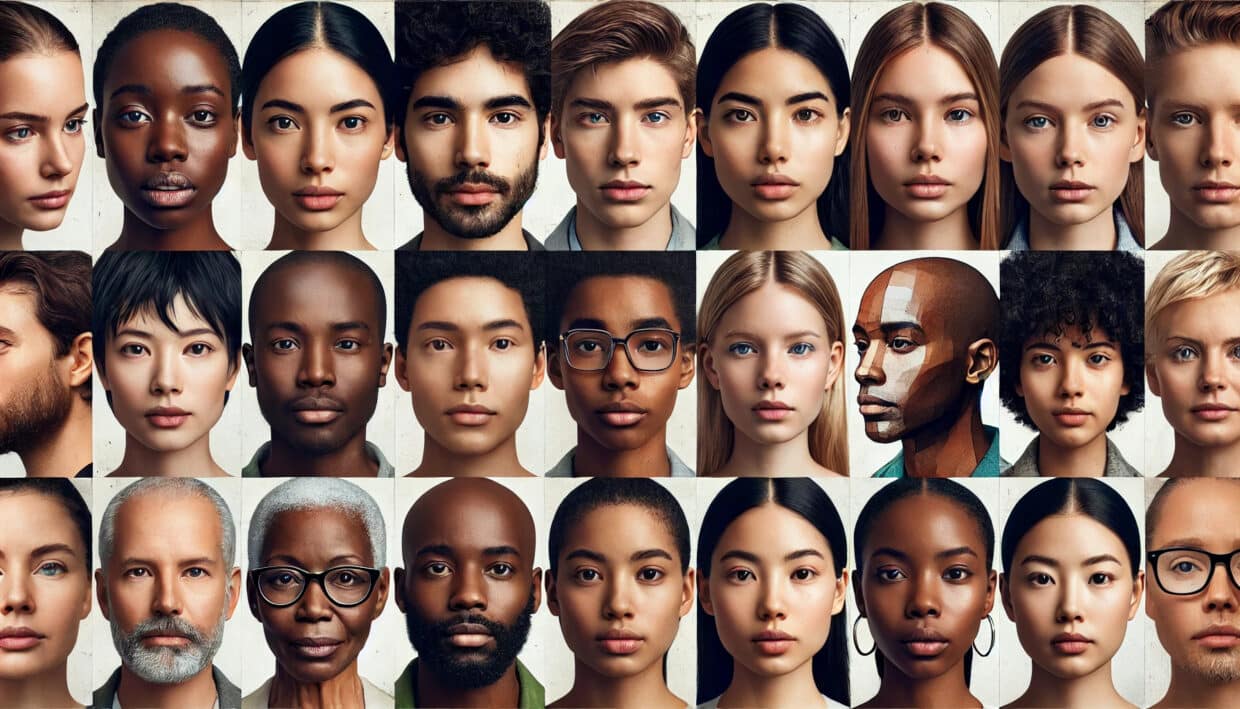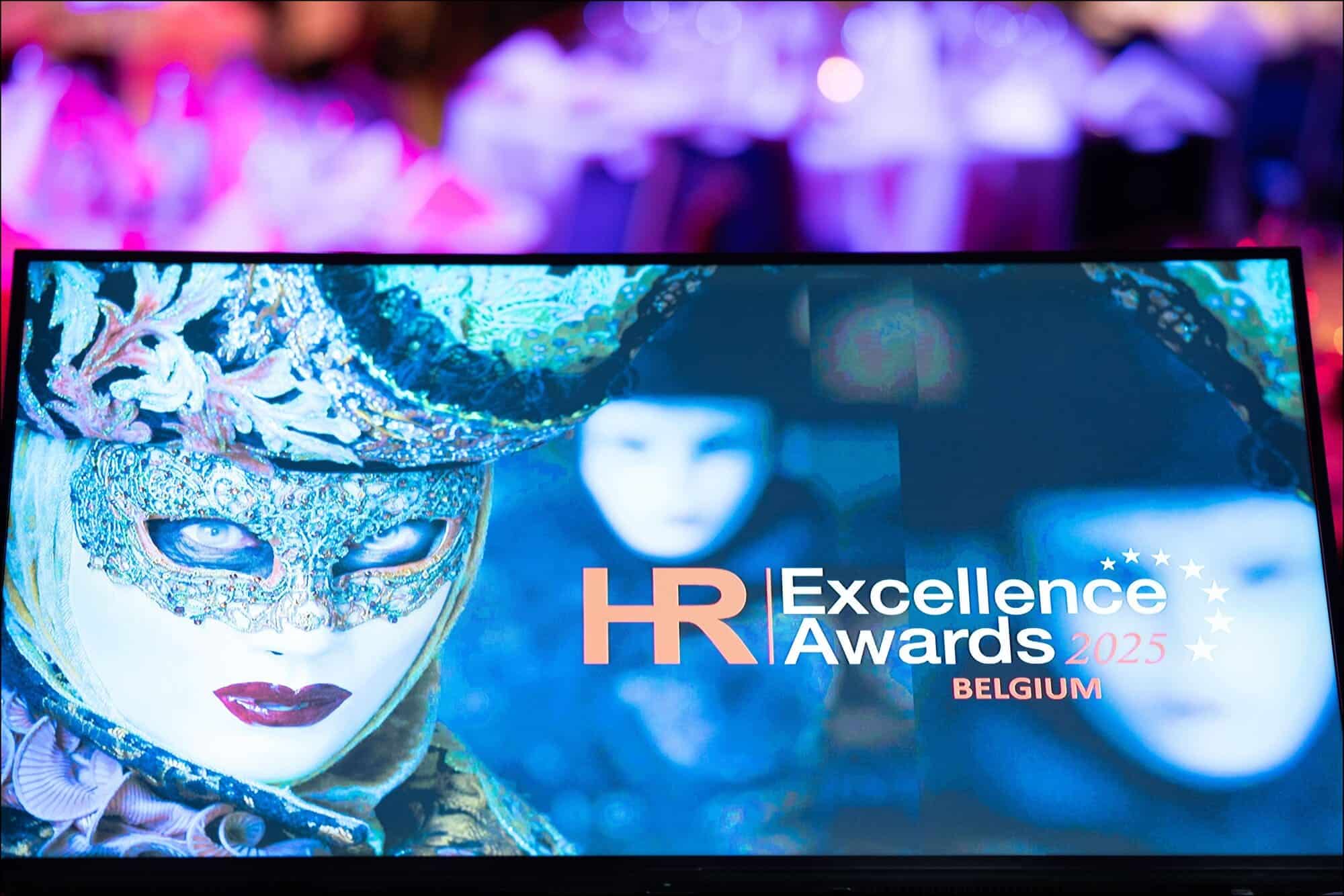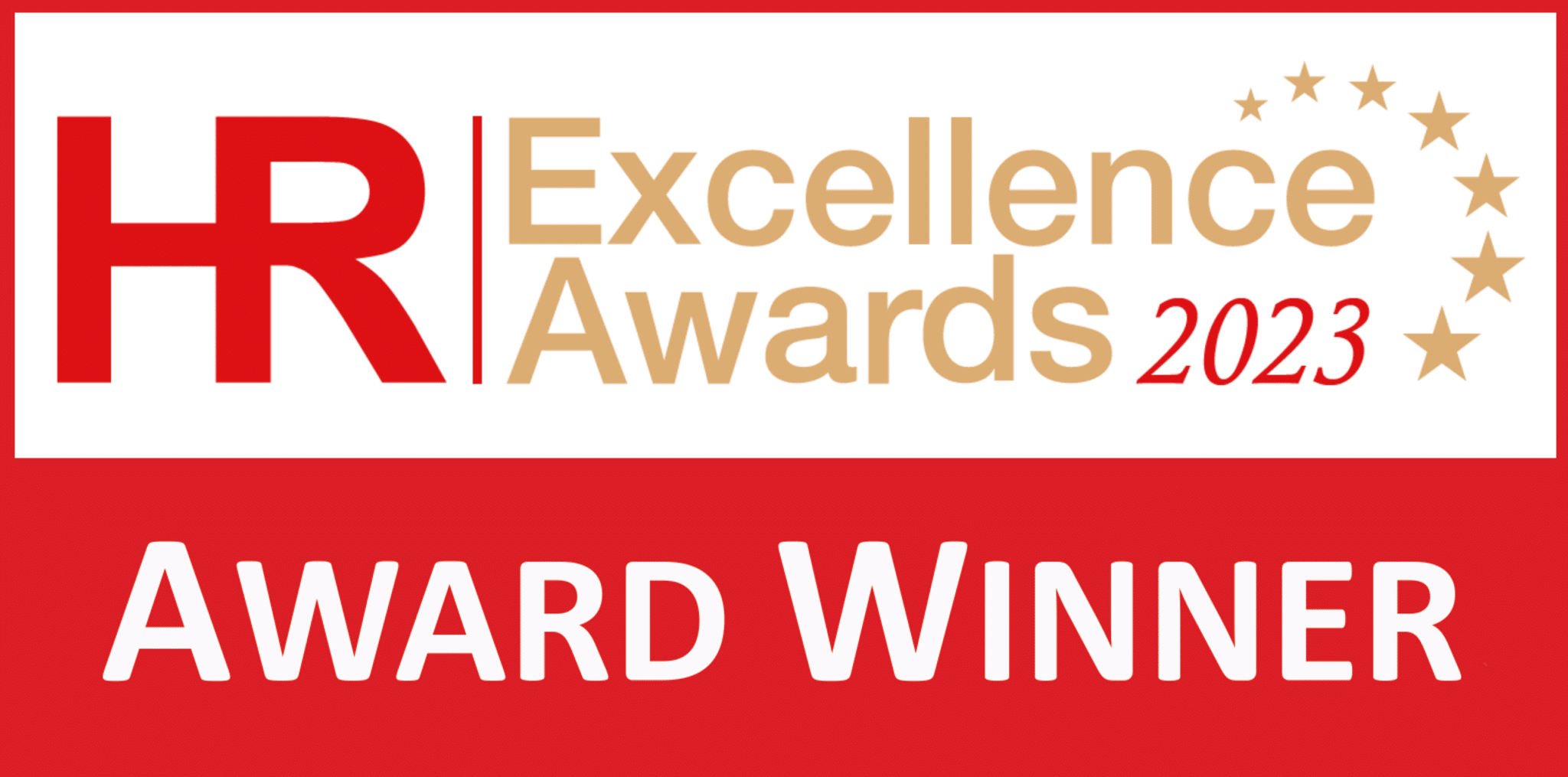
Artificial intelligence plays an increasing role in various sectors, including human resources. However, its use raises significant concerns about unconscious biases that can be amplified by AI systems. In this article, we will explore how these biases manifest, how to identify and correct them, while emphasizing the importance of an ethical and inclusive approach.
Understanding unconscious bias in AI
Unconscious bias in AI refers to prejudices that can be embedded in algorithms due to biased training data or developer inclinations. These biases can lead to discriminatory decisions, affecting underrepresented groups in areas such as recruitment, promotion, and performance evaluation.
For instance, studies have shown that recruitment algorithms may favor certain groups due to historical data reflecting existing societal inequalities.
Here are some common types of biases
- Representation bias occurs when training data fails to adequately capture the diversity and variety of real-world situations.
For example, if a facial recognition algorithm is primarily trained on images of people from a particular ethnic group, it may struggle to recognize faces from other ethnic groups. - Confirmation bias pushes the algorithm to favor patterns that align with preconceived ideas, ignoring contradictory information from other sources.
This type of bias can reinforce existing stereotypes and lead to discriminatory decisions. It is comparable to human cognitive bias, where a person tends to validate information that confirms their worldview rather than exploring alternative perspectives. - Intersectional bias arises when algorithms fail to account for the multiple dimensions of an individual’s identity, such as gender, ethnicity, sexual orientation, and social class.
AI systems that do not recognize these intersections risk perpetuating discrimination against individuals who belong to multiple marginalized groups simultaneously.
Identifying biases
To identify these biases, it is essential to conduct regular audits of the algorithms used in HR processes. This includes:
- Training data analysis: Check if the datasets reflect the necessary diversity to avoid discrimination.
- A/B testing: Compare different versions of an algorithm to see how they influence results and detect potential biases.
- User feedback: Collect feedback on AI-driven decisions to identify patterns of discrimination or unfairness.
Correcting biases
Once identified, several strategies can be implemented to correct these biases:
- Collecting representative data: Ensure that the data used to train models includes a variety of social, cultural, and economic groups.
- Using explainable algorithms: Favor models that allow for better understanding of their decisions, making it easier to identify potential biases.
- Domain adaptation techniques: Apply methods like Optimal Transport to adjust historical data so that it doesn’t bias future predictions.
- Regular audits and continuous updates: Establish a governance framework to regularly monitor and adjust algorithms to keep them fair and inclusive.
The importance of an ethical approach
It is crucial for companies to adopt an ethical approach when using AI. This involves not only correcting existing biases but also preventing future ones.
By integrating an ethical perspective into the development and application of AI, companies can not only improve their HR processes but also strengthen their reputation and credibility in the market.
Conclusion
Unconscious biases amplified by AI represent a major challenge for modern businesses. By identifying and correcting these biases, particularly in HR, it is possible to create a more equitable and inclusive environment.
Commitment to ethical and responsible AI use is essential to ensure that this technology serves to promote diversity and fairness across all sectors.



